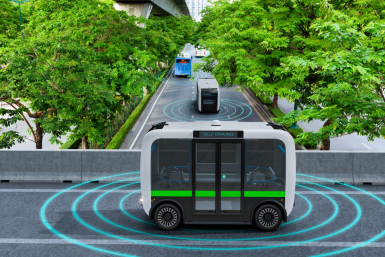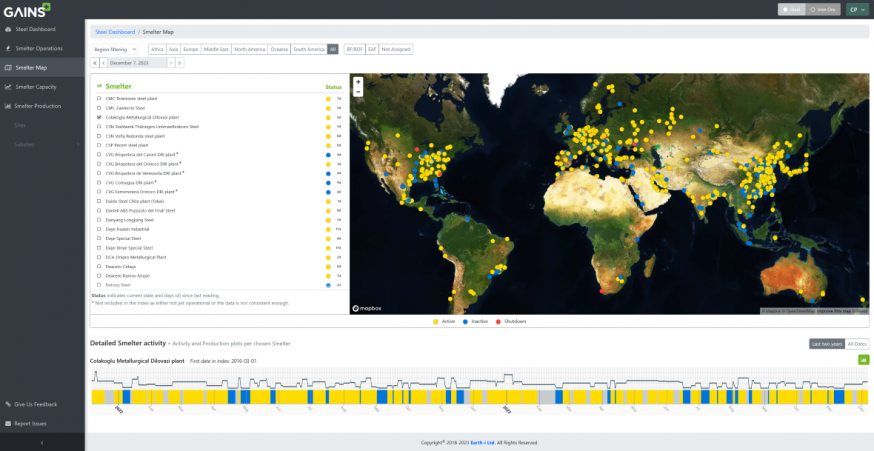Microgrid management project lights up rural communities in India
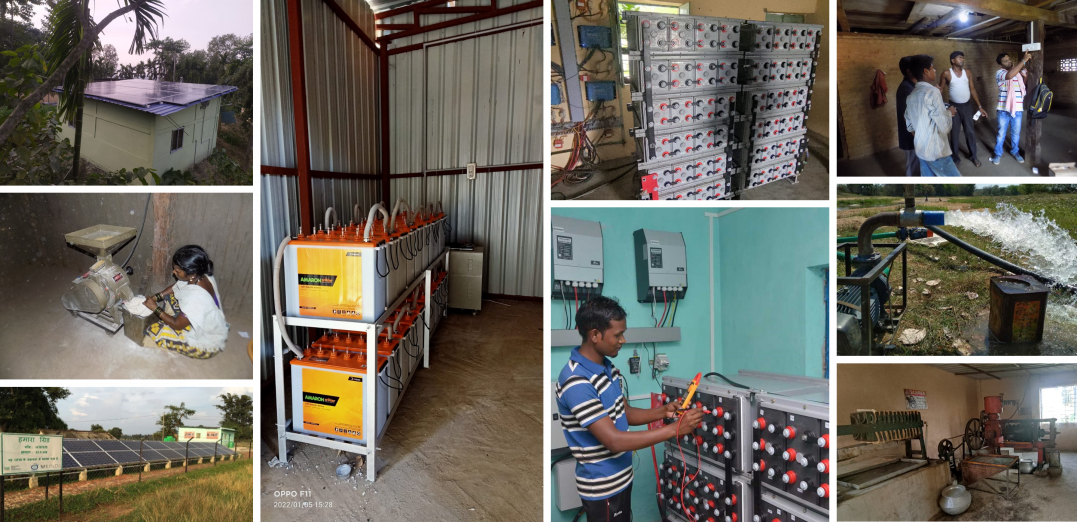
Italian energy tech company i-EM has successfully completed a Demonstration Project looking at microgrid management and focusing on two communities in India. The MOWGLI project, carried out under ESA’s Business Applications and Space Solutions programme and supported by Customized Energy Solutions India Pvt Ltd (CES), assesses the technical and economic viability of satellite-based services to support and improve the different phases of a microgrid project. It builds on an earlier Feasibility Study which was supported by India Energy Storage Alliance (IESA).
Microgrids are intelligent self-contained and independent energy systems which serve a defined local area and can operate away from centralised grids. Taking power from renewable sources such as wind turbines, solar power, or mini-hydro systems, they can also store energy. The MOWGLI project offers two main services which draw on a range of satellite asset-based information combined with artificial intelligence (AI) and data analytics to develop digitised systems for rural microgrid services aimed at managing the whole energy ecosystem.
MOWGLI TAILOR uses Earth observation imagery to optimise the sizing and design phases of microgrid facilities. By taking into account the local availability of energy sources and collecting and analysing this data in real-time, the system is able to offer renewable energy assessments and estimate consumption needs which inform the sustainability, scalability and stability of microgrids at the early design stages. Once the microgrid is operational, MOWGLI MANAGER uses real-time monitoring to forecast generation and consumption levels and record grid activities. The data analytics also allow managers to pick up possible component faults early which can then be quickly remedied to extend their lifespan and save time and money.
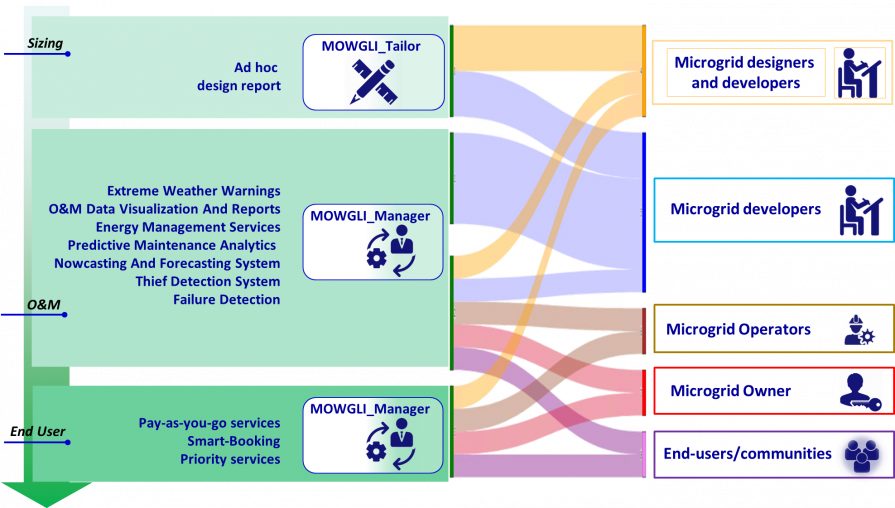
“We are very pleased to have been involved in this project, which not only has the potential to improve the lives and opportunities for people in rural communities but also offers the sustainable distribution of green energy in these communities going forward” said Cristiano Cialone who led the project for ESA.
“Having been able to develop services that foster energy awareness among operators and especially Indian local communities, as well as making our technology and knowledge available for the energy transition is a source of pride for us’’ said Ciro Lanzetta, CEO at i-EM. “Ultimately, our solutions are often seen as 'just' a dashboard, an interactive dashboard, but they are actually a vehicle to convey a change of culture on the use of data, even in a complex context such as MOWGLI.”
The project’s digitised approach to microgrid sizing, design and maintenance brings multiple benefits to communities in developing countries. Not only does it give rural communities access to stable energy supplies, but as a consequence facilitates improved health and education opportunities using satellite technology. By effectively exploiting a range of satellite asset-based information, i-EM has developed a system which has demonstrated significant time, cost and energy savings across the microgrid life cycle, from planning and implementation to operations and maintenance. As well as reducing design hours by 50-70% compared to conventional microgrid design processes, by using space technologies and data, the project found that efficient energy use meant that operating costs could also be reduced by up to 15%.
Commenting on the MOWGLI Project. Nitin Akhade from CES said “we are very happy to have collaborated with i-EM and ESA on the MOWGLI project, hoping to facilitate Indian rural electrification by means of sophisticated software and hardware platform and interactive dashboard for microgrids planning and installations, its periodic maintenance and to promote energy awareness among local communities for optimal use of renewable energy sources.”
The company currently has more than 800 renewable plants in 20 nations across five continents and is working with partners to expand its services.


